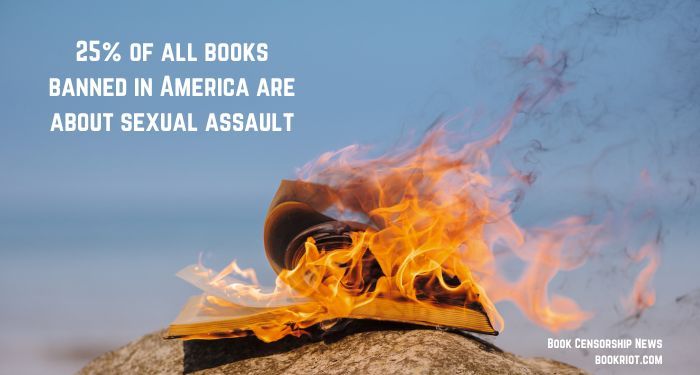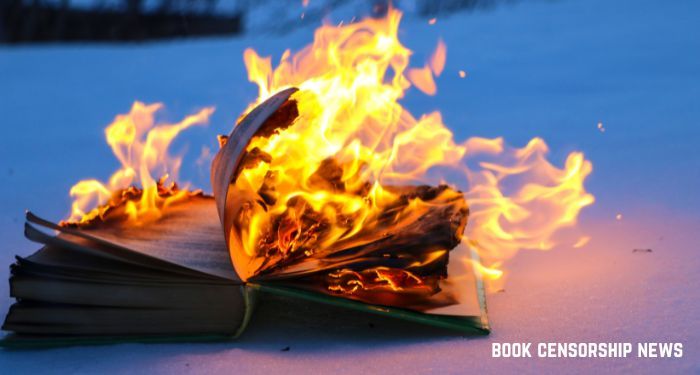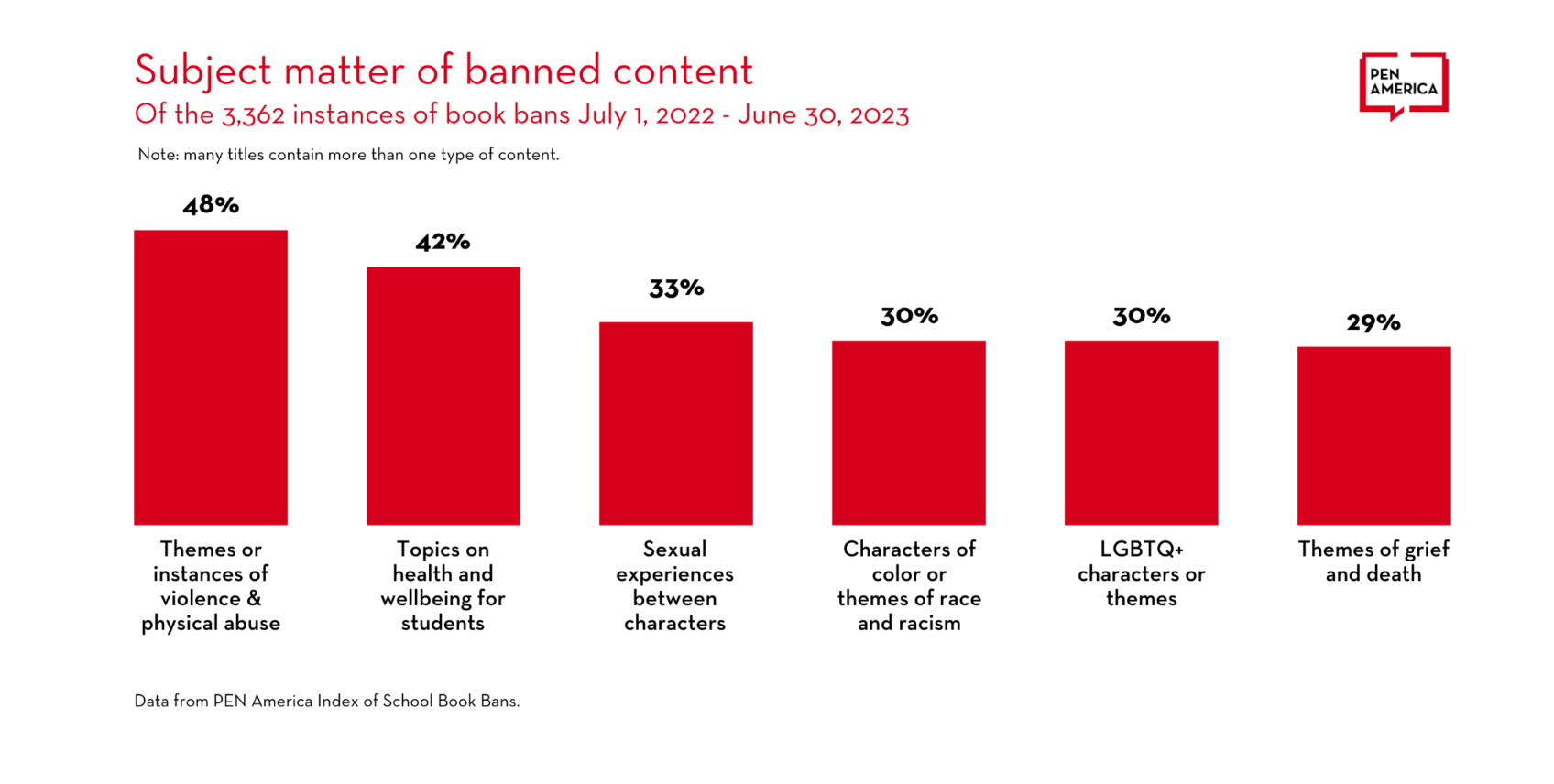April is Sexual Assault Awareness Month.
Over half of all women and nearly one-third of all men in the United States have been victims of sexual violence in some capacity. Those numbers are, of course, for those who’ve reported their experiences; the likelihood of those numbers being much higher, especially for men, is great. People of color are at even higher risk than white people for sexual assault. 82% of all victims under the age of 18 identify as female, and girls between 16 and 19 are four times more likely to be victimized than anyone else in the population.
Trans people experience sexual assault at a rate four times higher than their cis peers.
One thing that the far right gets correct in their complaints about bathroom and locker room use arguments is that the instances of sexual assault are indeed higher when transgender people use the bathroom they feel most appropriately aligns with their gender. The thing the far right gets wrong, though — and we know it’s purposeful mis- and dis- information here — is that it’s not the cisgender bathroom and locker room users who are being attacked. It’s the trans individuals, A quarter of those between ages 13 and 18 were assaulted when simply trying to do their business.
Victims of sexual assault experience many mental health consequences as a result. They might find relief short-term in substances like alcohol or marijuana, but the addictive nature of those substances may lead them to dependence in the long term. But that trauma lives in their bodies, and they’re far more likely to experience post-traumatic stress disorder or major depression than their peers who haven’t been sexually victimized. Over 9 out of 10 times, the victim knows their abuser.
Since the spring of 2021, book banning has been legion across the U.S. It first began quietly, single book by single book. As we enter 2024, it’s been not book by book but shelf by shelf and law by law. Individuals and groups have dedicated their lives to erasing stories that counter the lies they tell with pride in the name of “freedom” and “liberty.”
During the 2022-2023 school year, the most recent period for which we have an entire school year’s worth of data, PEN America found that the most commonly banned books in public schools across America were no longer books by or about people of color or LGBTQ+ people. The most commonly banned books in American schools were those that explored themes of violence and physical abuse (48%). Of those 48%, over half include instances of sexual assault.
In other words, 25% of all books banned in America being about sexual assault.
Zooming out and looking at the data for banned books in the 2021-2022 and 2022-2023 school year, 19% of all books banned in U.S. schools included a scene or theme relating to sexual assault.
Every 68 seconds in America, someone is sexually assaulted. Every nine minutes, that victim is a child.
Tricks by Ellen Hopkins, the most banned book in the country, is about teens who find themselves roped into prostitution; at its heart, it is a book about one of the many ways sexual violence is experienced and perpetrated among young people. It is not a book meant to titillate nor encourage such activity. It does precisely the opposite.
The second most banned book in this same PEN America data set from the last full school year has The Bluest Eye by Toni Morrison as the second most banned book. It depicts a scene of a father raping his 11-year-old daughter. Eight out of ten rapes are done by someone the victim knows, with 34% of victims under the age of 18 being violated by a family member. Morrison did not write her book to elicit reader arousal.
Also in the top 10 most banned books? Sold by Patricia McCormick, a book about child sex trafficking and its horrors, as well as The Perks of Being a Wallflower by Stephen Chbosky, wherein the main character witnesses a date rape.
Even beyond the top banned titles are scores of additional books written for young people that explore the topic of sexual violence, done so with the purpose, not of sexualizing or stimulating readers but to help inform and empower them about one of the most common forms of violence. Against one of the most common forms of violence of which they could become a victim. These include books like Speak by Laurie Halse Anderson (both the novel and the graphic novel, illustrated by Emily Carroll), The Nowhere Girls by Amy Reed, Asking For It by Louise O’Neill, Girl Made of Stars by Ashley Herring Blake, The Music of What Happens by Bill Konigsberg. There are literally dozens more.

Banning books not only violates the rights of young people to read. It violates their right to safety, as books that explore tough topics like sexual assault and rape help young people to understand that potential abuse might be happening inside their homes. That the biggest threat to their freedoms of life and liberty are those who are closest to them — people they see every day or every week.
Perhaps even the very people eager to get those books out of their hands so they remain in the dark.
Book banners use the rhetoric of sexual violence when it applies to their own aims. Calling educators and librarians “groomers” does not, in fact, make them so. Grooming is a specific act or series of behaviors meant to encourage a child to emotionally connect with an adult. When that connection is established, the adult uses the child’s trust to sexually abuse them. By providing books about sexual assault in schools and public libraries, no adult is grooming children. They are active in precisely the opposite: the books are gateways to understand where and how grooming operates and thus, young people are better prepared for situations where actual grooming may be occurring.
The same book banners invoke the “groomer” label while simultaneously calling out the “flood” of human sex trafficking through propaganda like Sound of Freedom. They create bogus statistics about the ubiquity of this human rights violation to garner attention for it while also banning books like Ellen Hopkins’s Tricks or Traffick and Patricia McCormick’s Sold, which explore these very topics in a teen-appropriate manner with the explicit goal of helping teens identify these horrifying atrocities (and protect themselves from becoming victims).
As it is, was, and forever will be until we turn the tide of book bans, it is the young people and their educators who lose again and again to louder voices and deeper pockets rather than truth and fact.
This month as you turn toward anti-censorship advocacy, utilize the facts about sexual assault awareness month to continue bolstering the need for these books to be made available to young people nationwide and not just in places where they’ve been lucky not to be banned yet.
Book Censorship News: April 5, 2024
- Several books — and, namely, LGBTQ+ themed or authored titles — were removed from Boiling Springs High School library (PA) while they were being reviewed. This is a book ban, even when the books are “temporarily” removed while under the review process.
- Empire of Storms and The DUFF were banned in Carroll County Schools (MD).
- “That new law, starting July 1, will prompt all public schools across the state to remove a book from shelves if at least three school districts (or at least two school districts and five charter schools) specifically determine it amounts to ‘objective sensitive material’ — pornographic or otherwise indecent material, as defined by Utah code. The law, which Gov. Spencer Cox signed this month, is also supposed to apply retroactively, potentially putting those at least 36 books already banned by three or more school districts in limbo statewide.” Would you be shocked to hear that the state legislators don’t know how this will work? And that it’ll mean a nightmare of nonsense for public schools? Because I’m not.
- In Tennessee, the Senate has passed a bill that would allow anyone to sue school districts when they feel the district isn’t following the “Age Appropriate Materials Act” passed in the state in 2022. This is precisely what I said would happen years ago. Districts will be sued into oblivion by folks with nothing better to do, defunding the public system and opening the door wide open for the privatization of education on the backs of taxpayers.
- The Huntsville-Madison-County Public Library (AL) has updated its policies to be more inclusive following a series of issues that popped up in the library over the last couple of years. You’ll be shocked to hear the book banning crisis actors, including Clean Up Alabama and the local Moms For Liberty chapters don’t like it.
- Here’s an update on the political upheaval at the Metropolis Public Library (IL) that really is a story of City Hall, a far-right church, and secret removal of books from shelves, among other things.
- Speaking of Metropolis, they’re getting the library furniture back after it went to the church.
- Autauga-Prattville Public Library (AL) will have a board meeting this week to discuss several potential lawsuits over Open Meetings Act violations.
- “More than two dozen books have been moved to a new adult section in the Campbell County Public Library as the library director applies community standards to each of the books to decide whether they’ll remain in the section or go back to their original shelves in the teen or children’s areas.” Sorry to report that years of Campbell County Public Library (WY) nonsense are now being resolved by a director moving books wherever they deem “appropriate” based on “community standards.” The “community standards” here are the small number of hypervocal right-wing religious folks who’ve been determined to ruin this library for years.
- Oral arguments for an injunction were heard Monday in the Adams vs. Matanuska-Susitna Borough School District (AK). The lawsuit emerged when 56 books were removed from district shelves.
- But the Matanuska-Susitna Public Library (AK) will now have a citizens advisory board that makes decisions on book bans. Librarians do not need to be included since what do the professionals know anyway? Remember, if you think it’s “just the schools” — itself not an excuse — then look to Mat-Su, which has successfully managed to screw up the school and public library.
- Nazareth Area School Board (PA) will not remove Push from school district shelves. The vote was very close.
- In Pennsylvania, a conservative school board member has launched their own school board association in the state without ever mentioning it’s a conservative-focused org or that such an org that IS nonpartisan already exists. This is giving World Library Association vibes.
- “‘We have a lot of porn in our library, we do,’ Moore said. ‘What I’m really concerned about is what research shows porn does to the mental health of students.’” <– these people are sitting on the Faribault School Board (MN) and probably your school board, too.
- The local Moms For Liberty chapter is challenging 46 books at the Howard County Public School System (MD). This began in February, and the chapter chair loved the attention it got from anti-book banners.
- Ocean City School Board (MD) is threatened by the possible Freedom to Read Act in the state, worried they won’t be able to ram their politics down on books. This letter to the editor is a must-read and an excellent example of responding at the local level. The note about the prurient interests of the board showing up in their calling the act the “Freedom to Groom Act” cannot be bolded enough.
- Huntington Beach Public Library (CA) will formally create a parent/guardian review board to ban books. Sorry, “review” books.
- In nearby Newport Beach Library (CA), two books are going through the formal appeal process because the book banners don’t like that queer books were allowed to remain on shelves. These won’t be the only two going through the appeal process — so far, at least 12 are. First up are Melissa and Prince & Knight.
- The School Board of Alachua County (FL) banned The Sun and Her Flowers and Haunted this week.
- An absolutely bananas — but utterly unsurprising if you’ve been paying attention — bill in Alabama would criminalize librarians for just about anything that someone complains about.
- In Idaho, the book ban bill and a bill that would allow for suing librarians over “obscene materials” is on the governor’s desk.
- “Dozens of books allegedly in Dorchester School District Two libraries have been reported to the Dorchester County Sheriff’s Office. Bruce Budnik is the parent of a fourth and fifth grader who both attend Beech Hill Elementary School in DD2. He said he has concerns about a list of books found inside the district libraries.” This parent is wasting everyone’s time and money and taking books from the library to the police.
Also In This Story Stream
-
How Public Libraries Are Targeted Right Now—It’s Not “Just” Books: Book Censorship News, March 29, 2024 -
The 2024 Lambda Literary Awards Shortlists Are Here -
You’re Wrong About These Common Myths About Book Ban: Book Censorship News, March 22, 2024 -
State Anti-Book Ban Legislation Updates: Book Censorship News, March 15, 2024 -
They’re Dismantling Higher Education, Too: Book Censorship News, March 8, 2024 -
The Landmine of Common Sense Media: Book Censorship News, March 1, 2024 -
What Updates Should Library Collection Policies Include?: Book Censorship News, February 23, 2024 -
Targeting Demographic Data to Skew Reality: Book Censorship News, February 16, 2024 -
Why Do We Even Read?: Book Censorship News, February 9, 2024

